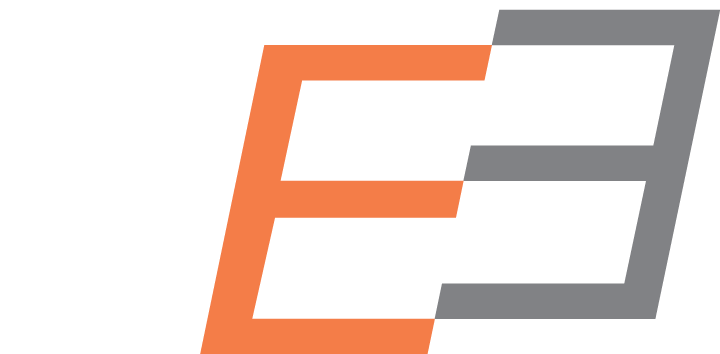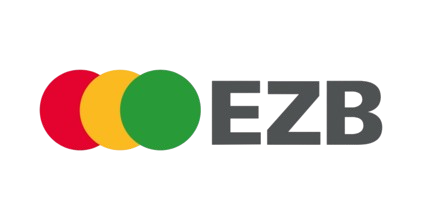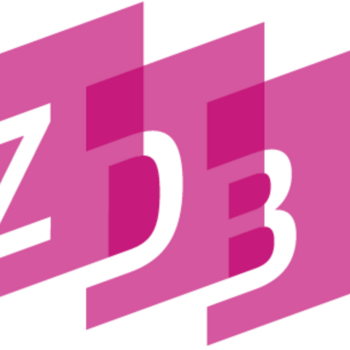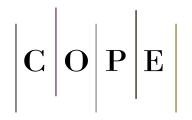Uloga akademske zajednice i visokog obrazovanja u upravljanju krizom i stvaranju društva pripravnog na globalne izazove / The Role of the Academic Community and Higher Education Policy in Crisis Management and Society Preparedness for Global Challenges
DOI:
https://doi.org/10.48052/19865244.2023.1.159Keywords:
COVID-19, pandemic, societal preparedness, education and science, immunizationAbstract
According to the WHO data from May 2022, the COVID-19 pandemic caused a global health crisis with more than 515 million infected and over 6 million deaths as a result of COVID-19. Just over 11.5 billion vaccines have been administered to prevent severe disease and mortality from SARS-CoV-2 infection. In addition to that, COVID-19 had dramatic effects on all aspects of the society, including the fundamental factors of its functionality - education and health, preventing the continuity of its "normal" functioning. Crisis management measures have had more or less successful results in different countries, but no health system has been able to fully address the effects of the pandemic on the health of the population. The course of the epidemiological crisis and the success of the implementation of global vaccination measures are directly related to the adaptability of individual societies / its capacity to change and adapt. in analyzing the situation and predicting the course of the pandemic. Analytical ability, reliability of prediction, but also flexibility of legislative and executive power, are the most prominent parameters of a society that is ready for the unpredictability of the course and outcome of the global social crisis caused by the pandemic. In the local concept of the development of higher education until 2030, it is necessary to include the mentioned, global principles of adaptability to crises in all spheres of social activity. One of the most powerful instruments of social understanding is education, and here lies the potential of society to adapt and change in order to adapt to the challenges of the modern world through the acceptance of values and norms based on knowledge.
References
Attwell, Katie; Hannah, Adam i Leask, Julie (2022). COVID-19: talk of vaccine hesitancy lets governments off the hook. Nature 602 (7898), str. 574–575.
COVID-19 National Preparedness Collaborators (2022). Pandemic preparedness and COVID-19: an exploratory analysis of infection and fatality rates, and contextual factors associated with preparedness in 177 countries, from Jan 1, 2020, to Sept 30, 2021. Lancet (London, England), 399 (10334), str. 1489–1512.
Jurajda, Štepan (2021). Reforma evaluacije i finansiranja nauke prilikom kretanja sa razine niskog učinka U: Sistem nauke – faktor poticaja ili ograničavanja razvoja, Posebna izdanja Akademija nauka i umjetnosti BiH, knjiga CC; Odjeljenje društvenih nauka, knjiga 18, Sarajevo, BiH.
Mathieu, Edouard (2022). Pandemic data matter more than fancy dashboards. Nature 602 (7898), str. 549.
Mijović Pavle (2015). Ideja sveučilišta i inflacija znanja. Pregled: časopis za društvena pitanja, 56 (1), str. 123–136.
Pojskić, Naris; Pojskić, Lejla; Bajrović, Kasim i Hadžiselimović, Rifat (2015). Položaj i uloga javnih univerziteta u kontekstu savremenog naučnog i tehnološkog razvoja. Pregled: časopis za društvena pitanja, 56 (1), str. 115–121.
Žiga, Jusuf (2015). Zbog čega je društveni odnos prema javnim univerzitetima u Bosni i Hercegovini višestruko štetan? Pregled: časopis za društvena pitanja, 56 (1), str. 59–66.
Downloads
Published
How to Cite
Issue
Section
License
Copyright (c) 2023 Pregled: časopis za društvena pitanja / Periodical for social issues

This work is licensed under a Creative Commons Attribution-NonCommercial 4.0 International License.














